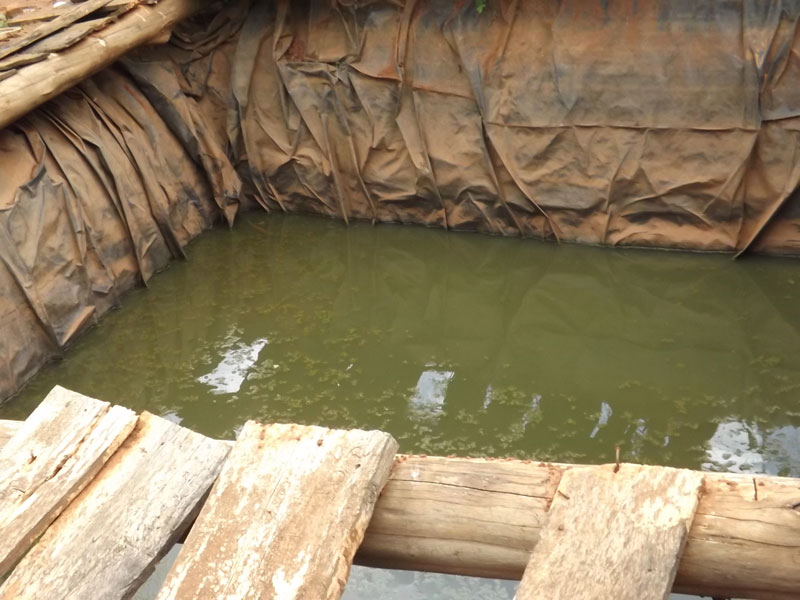Whereas most of Ugandans take part in agriculture as a source of employment opportunity and livelihood, the activity is hindered by various risks and uncertainties drawing back its productivity.
Being an open-air business, agriculture is highly affected by weather conditions such as prolonged drought, heavy rainfall, and rainstorms among others.
It’s difficult to predict what may happen from the time of planting to harvesting. So, what can a farmer do to minimize losses caused by climate change on an individual level? Here are some of the tips for you;
1. Have a plan
You need to know where you are to know where you’re going. Farms with a sound management plan are better poised to increase their food output, combat food insecurity, run more efficiently, save money, and reduce their climate impact.
Starting with a baseline assessment, farm managers get a clear picture of how the farm operates, and how it can run more efficiently while producing more food. Farms managers also keep close track of weather and farm data, which can help them predict patterns and plan more effectively.
2. Water conservation
Access to fresh water is vital to any farming operation. Since agriculture consumes roughly 70 percent of the world’s fresh water, water conservation is urgent and necessary in areas where water is becoming increasingly scarce. Climate-smart agriculture promotes a number of water conservation practices, such as planting a buffer of trees and bushes along streams and rivers to prevent erosion and contamination from crop runoff.
Another climate-smart water technique is to treat waste water caused by agricultural processing before it is released back into waterways.
3. Save the soil!
On farms where climate-smart agriculture practices are used, the soil is treated almost as if it were a crop. Not only does fertile soil impart better flavor and higher nutritional value to food, soil is one of the biggest carbon sinks on the planet.
Tending to the soil increases the amount of greenhouse gasses sequestered, and means healthier plants with higher yields. Healthy soil holds more moisture, keeping plant roots hydrated in dry periods. Soil conservation methods such as contour planting or no-till farming reduce erosion, keeping the soil in place during heavy rains or floods. Regular compost applications enrich the soil and minimize need for commercial fertilizers. All this equates to higher climate resilience for farms, and better soil for years down the road.
4. Get your hands on
Sometimes to get the job done, you have to get your hands dirty. Pulling weeds by hand instead of using chemical weed killers is more labor-intensive in the first year or two—but it is better for soil health and can lower a farmer’s greenhouse gas emissions and operating costs. Selective manual weeding, works better because workers uproot “bad” weeds (which are later composted) while allowing “good” weeds to grow and restore nitrogen to the
soil. Farmers using this climate-smart method have not only nixed the expense of chemical herbicides and fertilizers; they have also boosted crop yields without clearing more forest, because the soil get more fertile.
5. Stop deforestation and plant more trees
Deforestation is one of the major reasons why the quality of air has degraded to an all-time low. The loss of trees and other vegetation can cause climate change that may result to desertification. Farmers using climate-smart practices understand that trees do a lot on farms: they can act as windbreaks, reducing soil erosion; they can enrich soil; they can filter water, resulting in higher water quality; they provide shade for workers and shade-loving plants; they create habitat for wildlife and wildlife corridors; they suck up and store greenhouse gasses. The most important part of climate-smart agriculture as a holistic system is that it scales: from big farms cultivating thousands of acres, to smallholder farmers who live and work on fewer than 10 acres, to you working in your garden: these principles work.
They can have positive effects for farmers, the land, water, and animals. Protecting surrounding forests and ecosystems, and promoting healthier, more resilient landscapes, which in the aggregate, contributes to climate change mitigation and food security?
Credit: Office of Agriculture Minister





